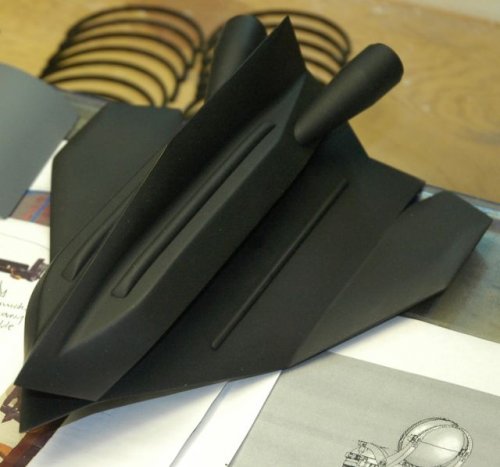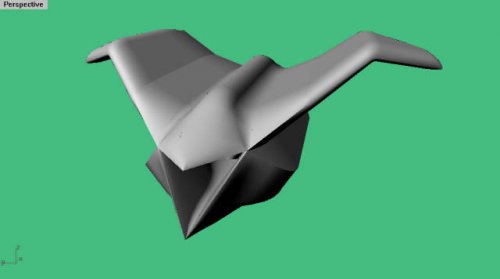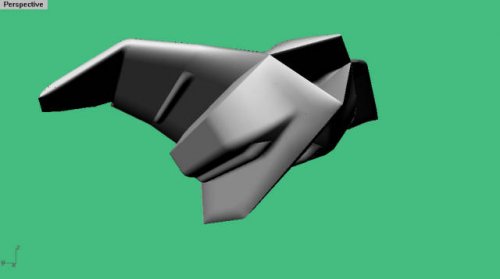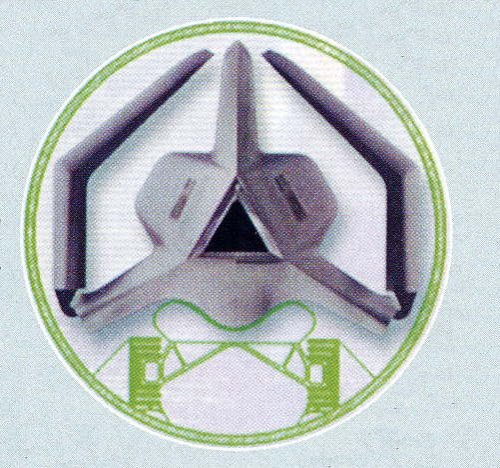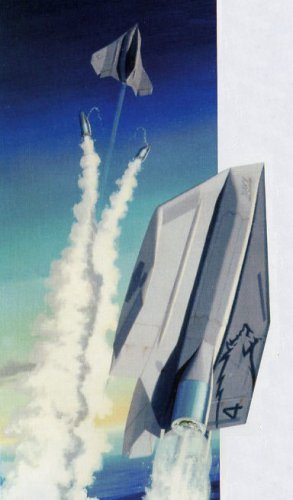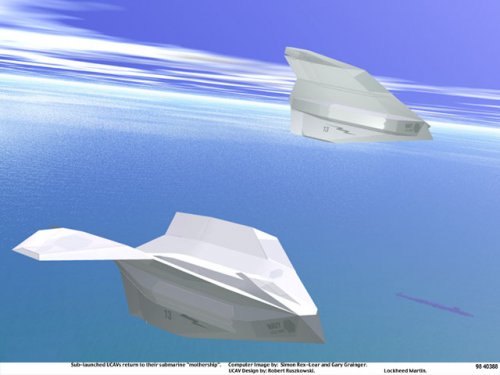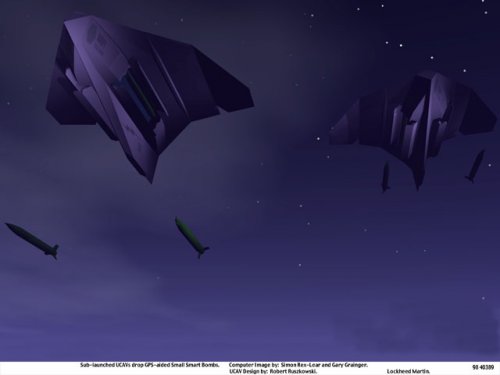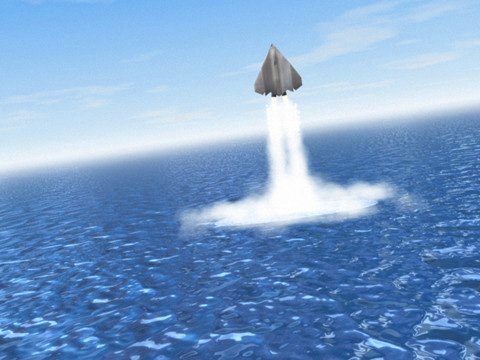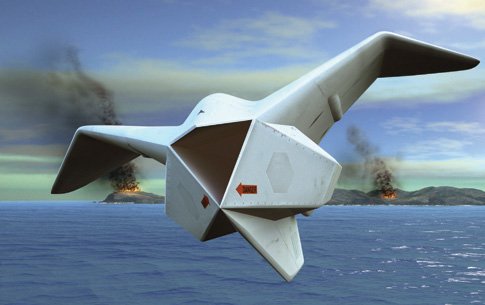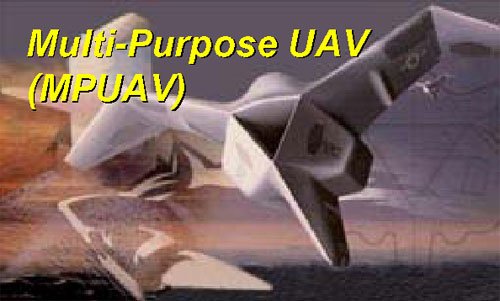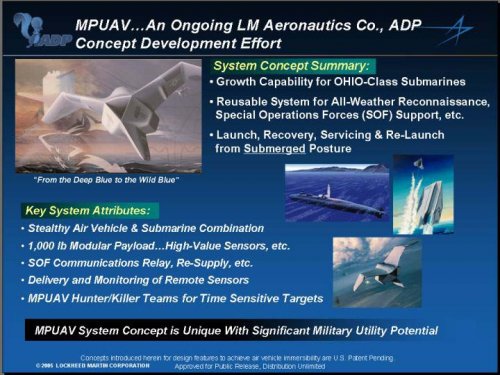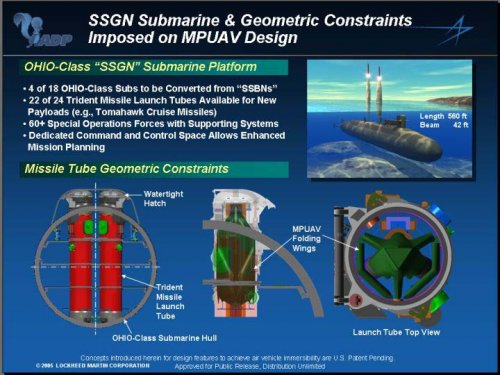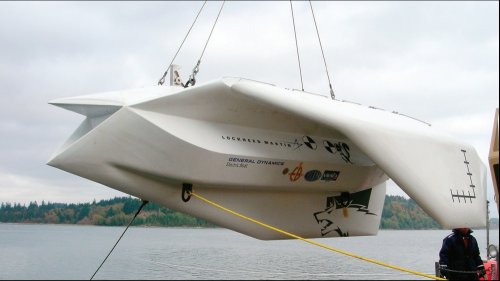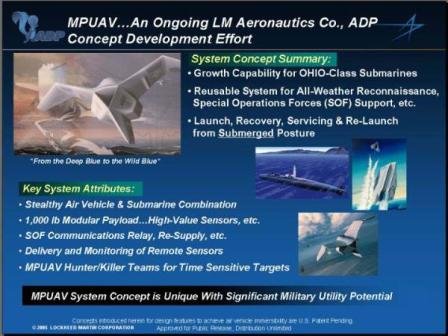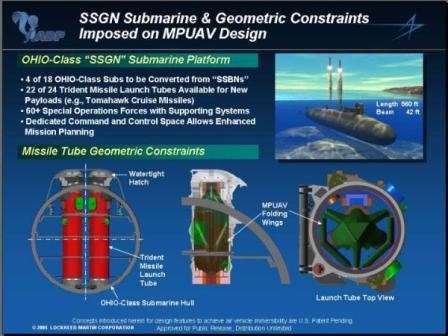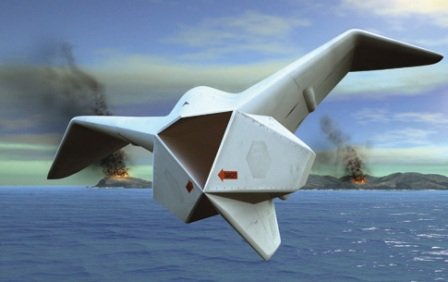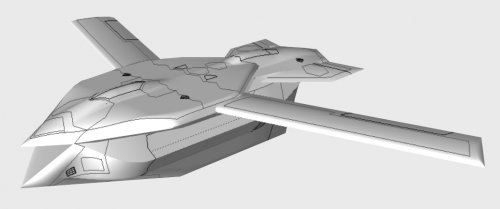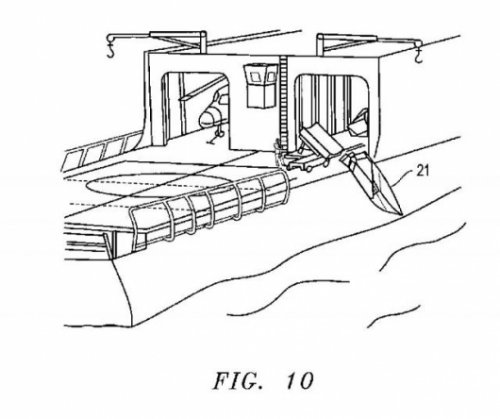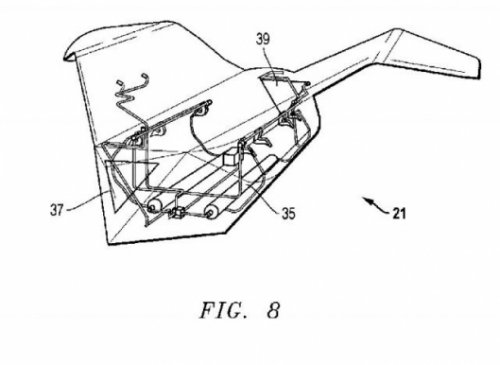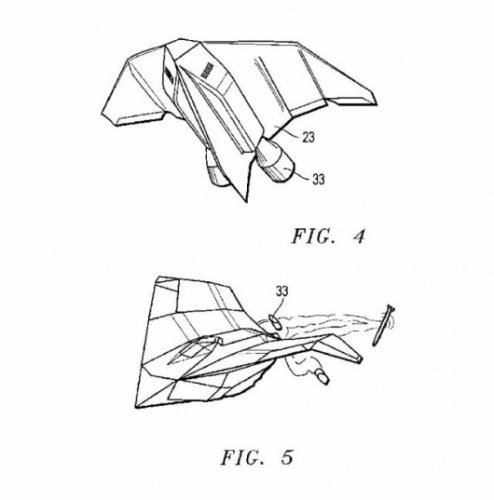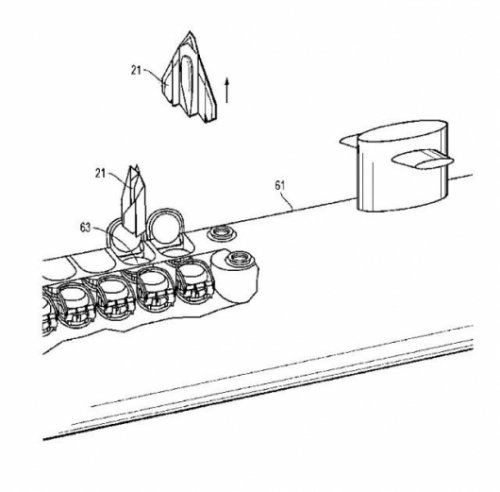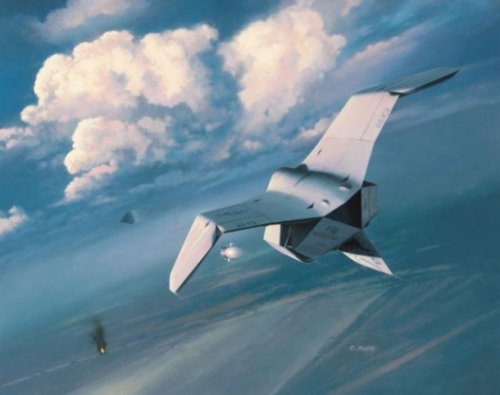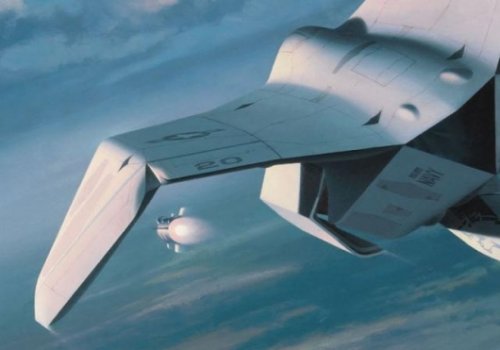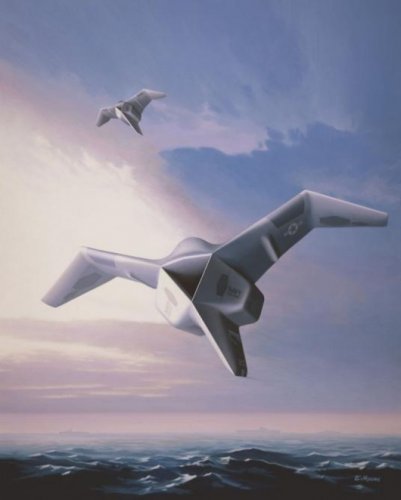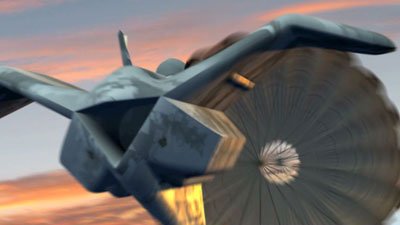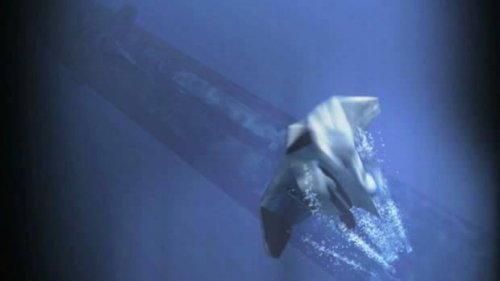From LM Aeronautics Star
First Quarter 2007
Volume 8, Number 1
www.lmaeronautics.com/lmaerostar/
Advanced Development Programs team makes splash with successful underwater recovery of a unique aircraft
By Robert A. Ruszkowski
In 1997, the U.S. Navy began considering what role unmanned air vehicles (UAVs) might play in the future of naval operations. At that time, Lockheed Martin developed several ideas including one concept for a UAV that could be launched, recovered and re-launched from a submerged submarine. Nearly 10 years later, a team led by Advanced Development Programs (ADP), also known as Skunk Works®, proved that the most challenging aspects of this revolutionary concept
were possible.
Late last year, the ADP team made a splash with the first-ever successful underwater recovery of a UAV. The submarine-launched UAV, named the Cormorant Multi-Purpose UAV (MPUAV) by the Defense Advanced Research Projects Agency (DARPA), is named after a type of seabird known for its ability to dive from the surface and propel itself under water to significant depths.
In May 2005, DARPA awarded LM Aero an exclusive 18-month contract to establish the feasibility of key aspects of the Cormorant MPUAV system. By late October 2006, the MPUAV Phase One team achieved the first underwater docking of an unmanned system and successfully demonstrated the full recovery cycle of the MPUAV. These were the first known tests of their kind.
The Cormorant MPUAV full-scale demonstrations took place over a two-week period near Submarine Base Kitsap in Bangor, Wash., and were supported by the Naval Undersea Warfare Center — Keyport Division (NUWC-Keyport). A large Navy support barge and a commercial floating crane were moored in Thorndyke Bay in the Hood Canal and used as a base for the test operations.
The demonstrations included the use of a full-scale, full-weight replica of the Cormorant MPUAV, a full-scale test rig that emulated the launch and recovery saddle that would be extended vertically out of a ballistic missile launch tube of a submarine, and a modified NUWC-Keyport remotely operated vehicle (ROV) to couple a recovery line from the test rig to a recovery tether cable deployed from the buoyant MPUAV replica.
Tidal-driven currents were used to simulate the forward motion of the submarine during the recovery demonstrations. Additionally, instrumented splashdown drops from the crane and buoyant ascent launch releases from the static saddle rig (SSR) were conducted.
"The MPUAV full-scale demonstrations were a unique experience for Keyport. Typically we don't support aircraft programs; however, this one is launched and recovered underwater, and that's our domain," says Deb Triplett-Gillum, the NUWC-Keyport project manager. The Keyport support team included Navy divers, the Triumph ROV operators, as well as riggers, machinists and other specialists.
Teammate General Dynamics Electric Boat (GDEB) designed and built the massive SSR, as well as the coupling mechanism used to connect the recovery tether and inhaul line. Don Gage, GDEB program manager, noted that, "The SSR had to be placed on the seabed in two major sections using the floating crane. The Navy divers were instrumental in getting the SSR assembled and working." The team also included support from Lockheed Martin Maritime Systems and Sensors (MS2)-Perry Technologies.
"We were able to provide our expertise in underwater vehicles design, operations and testing to the Cormorant MPUAV project. This was a great example of teamwork across different Lockheed Martin companies," noted Joe Schimek of Perry Technologies.
The key accomplishments of the Cormorant MPUAV full-scale demonstrations include multiple submerged inhauls and dockings, instrumented splashdowns, ROV-assisted recovery cable hookup exercises, instrumented buoyant ascent tests and successful completion of a combined test comprising a splashdown, ROV-assisted recovery cable hookup, inhaul and docking.
Bob Ruszkowski, the Cormorant MPUAV team project manager and technical lead, summarized the team's success, adding, "These full-scale demonstrations prove the feasibility of the MPUAV recovery concept and have enabled the collection of valuable information to be applied to the design of an actual submarine-based Cormorant MPUAV system. Along the way, we achieved something that has never been done before."

